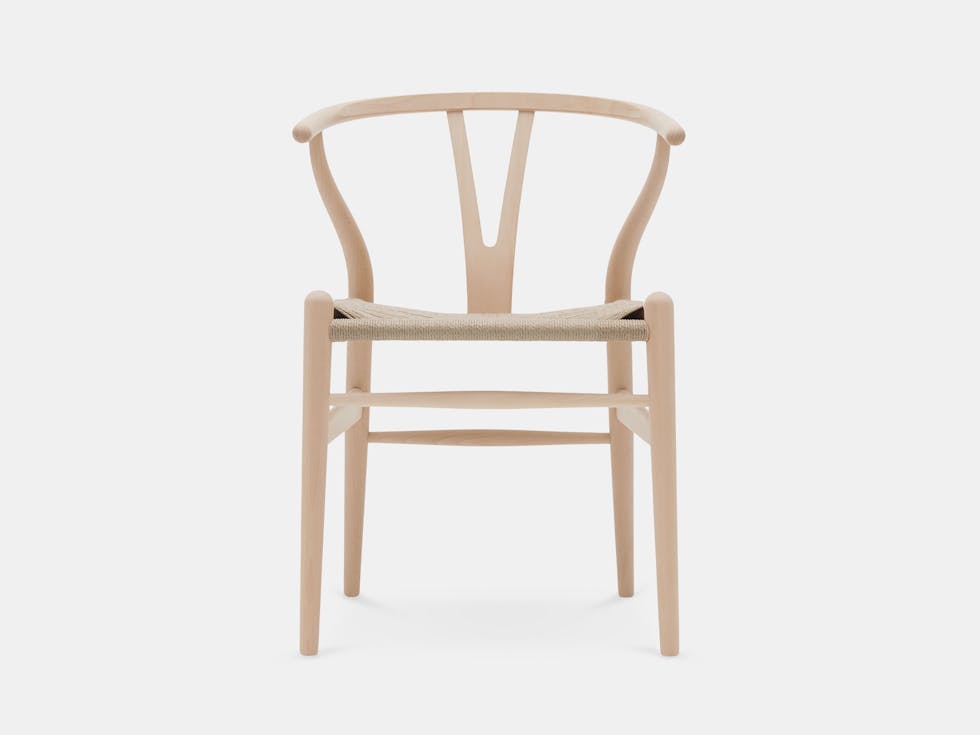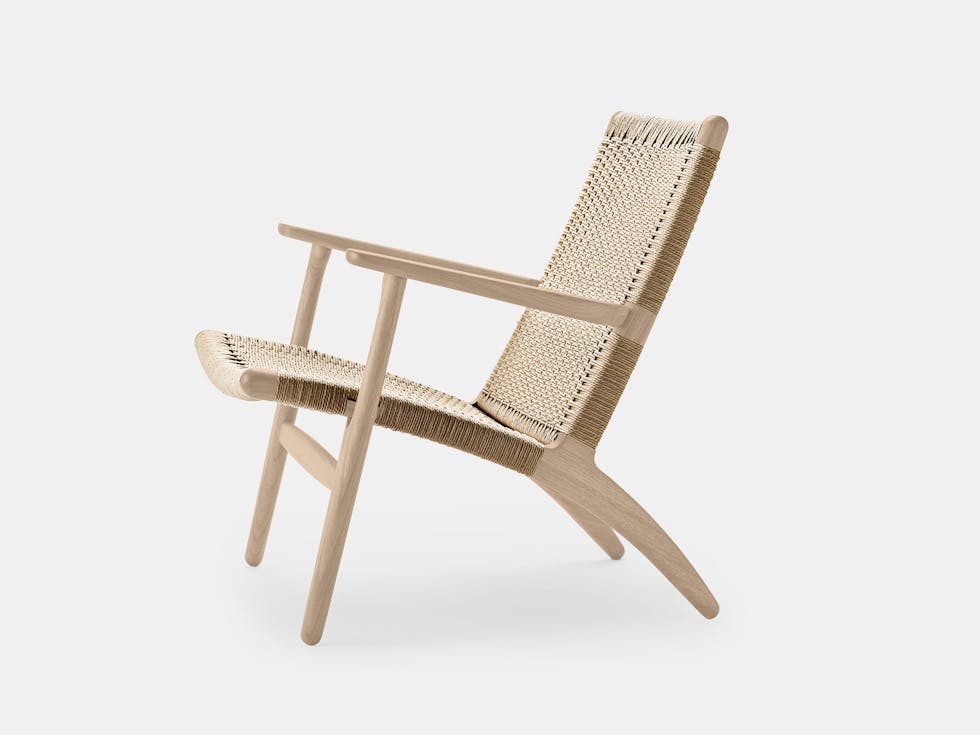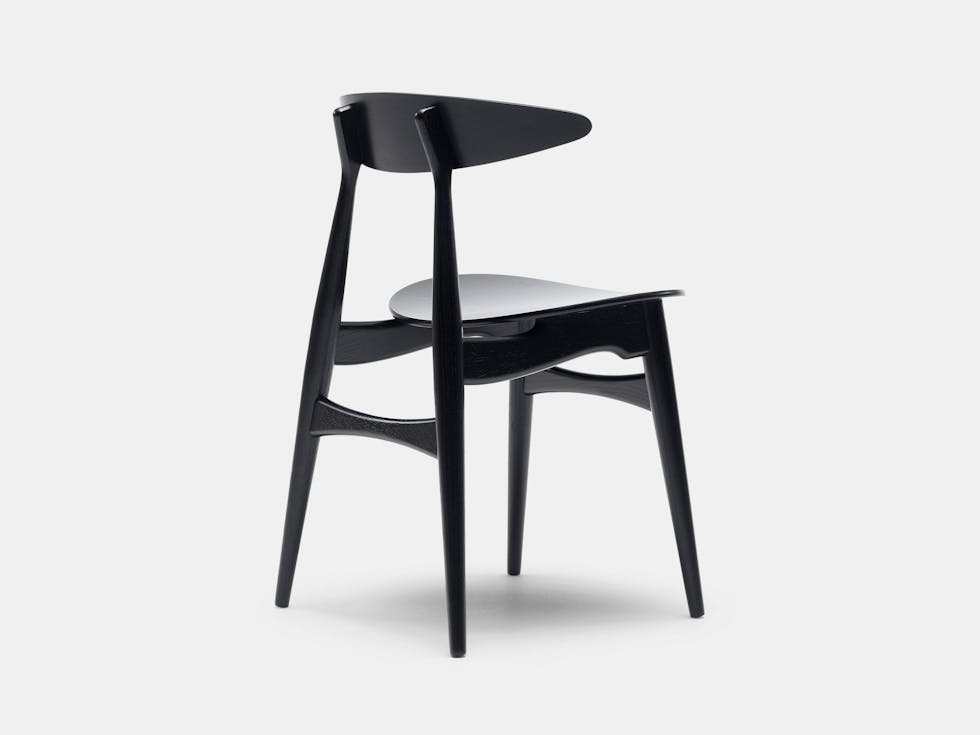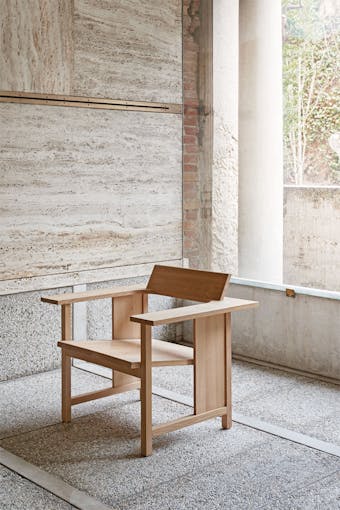
Hans Wegner

Designer Hans Wegner was one of the driving forces of the mid-century Danish Modern furniture movement, his quest to design the perfect chair spanned more than seven decades.
Born in Southern Denmark in 1914, Hans J Wegner completed an apprenticeship in cabinet making aged just seventeen years old. He then moved to Copenhagen in his early twenties to study at the School of Arts and Crafts, graduating in 1938 and embarked upon his career as an architect. In 1940 he joined the office of Arne Jacobsen and Erik Moller providing furniture designs for the interior of their prestigious Aarhus Town Hall project. This building, clad in Norwegian stone, is celebrated to this day as a monument of Danish Modernism and as an example of sensitive local design.
For Wegner the experience was transformative, he opened his own drawing office in 1943 and his mission to become the 'master of chairs' truly began. In 1949 inspired by the furniture of the Ming Dynasty, he created his China Chair series that included the Wishbone Chair, one of his most successful designs that is known worldwide by its distinctive y-shaped backrest.
In 1950 he a began a collaboration with what was then a small furniture workshop called Carl Hansen & Son to put his Wishbone Chair into production. This relationship was to last until the designer's death in 2007 and the creative exchange between the designer, Wegner and Carl Hansen's master craftsmen was to result in several classics including lounge chairs like the Wing Chair and Shell Chair.
Wegner is undoubtedly best known for his prolific devotion to designing the perfect chair, he designed over 500 of them in his lifetime. But in reality, his creative output was far more diverse, spanning sideboards, coffee tables and much more that typified the timeless Danish modern aesthetic.
Most importantly his designs retain an organic fluidity that goes beyond their functional appeal. His work is characterised by a respect for human scale and tactility, and these qualities have been appreciated now by several generations, garnering awards, critical acclaim and a place in some of the world's most prestigious museums including MOMA in New York.
















